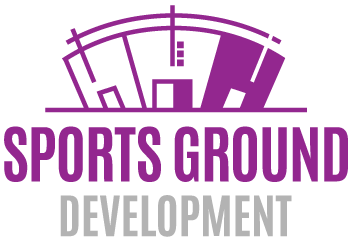The sports industry is a dynamic, multifaceted realm where success hinges on a multitude of factors, far beyond the talent of athletes and the strategies of coaches. One such crucial aspect is the management of sports facilities, where seemingly minute details can make a world of difference to both athletes’ performances and spectators’ experiences. This comprehensive guide provides insights into the vital aspects of sports facility management, emphasizing the importance of effective, forward-thinking strategies in this sphere.
Understanding the basics of sports facility management
Sports facility management involves the administration and maintenance of physical spaces where athletic activities take place. These may range from small community centers and gymnasiums to large-scale stadiums and sports complexes. Effective management entails the coordination of various elements, including scheduling, maintenance, security, and providing amenities for athletes and spectators alike.
Investing in high-quality infrastructure
The quality of a facility’s infrastructure is directly proportional to the athletes’ performance and spectators’ comfort. High-quality infrastructure includes well-maintained playing surfaces, comfortable seating arrangements, adequate sanitation facilities, and robust security measures. By investing in top-notch infrastructure, sports facility managers can create an environment that promotes excellence in sports and enriches the overall sporting experience.
Prioritising Routine Maintenance and safety
Routine maintenance is key to preserving the quality and functionality of sports facilities. Regular inspections and maintenance activities ensure that all amenities remain in prime condition and help identify potential problems before they escalate. Furthermore, prioritizing safety through measures such as crowd control, emergency preparedness, and enforcing safety guidelines, sports facility managers can safeguard the well-being of athletes and spectators.
The Importance of proper sports lighting: Enhancing performance and safety
In the realm of sports, where outcomes often hinge on minute details and split-second decisions, adequate lighting is an absolute necessity. Proper sports lighting not only enhances the performance of athletes but also ensures the safety of everyone involved.
High-quality sports lighting ensures that the entire playing field is evenly illuminated, reducing shadows and glare. This enables athletes to accurately perceive their surroundings, enhancing their reaction time and overall performance. Meanwhile, well-lit facilities are safer for spectators, preventing mishaps like trips and falls and ensuring orderly evacuations in case of emergencies.
In addition, good sports lighting improves the broadcasting quality for televised or streamed games. As the popularity of high-definition and 4K broadcasts increases, the demand for top-notch sports lighting has become even more significant.
Incorporating technological innovations
In the digital age, technological innovations have become increasingly integrated into sports facility management. From advanced security systems and energy-efficient lighting solutions to digital ticketing systems and mobile apps for facility navigation, technology can significantly improve the efficiency and convenience of sports facilities.
Conclusion
Sports facility management is a complex and multi-faceted field that plays a crucial role in the world of sports. By understanding its various aspects, from investing in high-quality infrastructure to incorporating technological innovations, managers can create sports facilities that are not only functional and safe but also conducive to top-notch athletic performances.
As the sports industry continues to evolve, the approach to facility management must also adapt, always striving to deliver the best possible experiences for athletes and spectators alike.

